Dopo aver affrontato i quartieri più trand, fashion e trasgressivi, era il momento di entrare un po’ di più in quello che è la Tokyo più grezza e per certi aspetti più storica.
Asakusa (si pronuncia Asaksa) è un piccolo quartierino a nord est della città e, nonostante sia stato il primo avamposto straniero a Tokyo, ha mantenuto una sua connotazione storica ben definita, quasi disgustando il progresso e la modernizzazione.
Il luogo è famoso per il tempio di Buddha, il Sensoji e per i mercatini che propongono tutti prodotti artigianali, dal cibo alle stoffe per i kimono ai sandali delle Geishe.
La differenza fra le due religioni inizialmente è complessa da capire perché di fatto i templi son molto simili nella costruzione e nei riti che loro eseguono.
Innanzitutto prima di entrare di passa per il Torii (la porta), passando dai lati in quanto lo spazio nel mezzo è per la divinità. Appena sotto si fa un leggero inchino.
Dopo di che si arriva alla fontanella della purificazione: si prende il mestolo con la mano destra e lo si riempie di acqua. Se ne versa un po’ sulla mano sinistra, poi sulla destra, poi si riempie la sinistra con dell’acqua da mettere in bocca. Ci si sciacqua la bocca e si sputa l’acqua per terra.
Fatto ciò si versa ancora un po’ d’acqua sulla mano sinistra e si alza il mestolino verso l’alto, facendo scendere l’acqua rimanente lungo il manico per purificarlo.
A questo punto si è pronti per arrivare all’altare a pregare.
Si lanciano delle monetine nel piccolo deposito e si fanno due inchini: uno leggero e l’altro più pronunciato, si battono sue volte le mani e si dice la preghiera. Finito tutto un inchino profondo e lungo (circa 3/4 secondi) e si va.
Nella permanenza qui ho visto entrambe le tipologie di Terà (termine che indica il tempio) e si nota solo dopo la differenza. Un ragazzo che ho conosciuto a Kamakura mi ha spiegato diverse cose che condivido con voi.
I nomi che usano loro per indicare la religione non sono come i nostri (scintoisti per es) ma sono: Buddha e Ginja, a seconda della preferenza.
La prima è quella più famosa nel mondo, partita dall’India, ha subito influenze cinesi e coreane prima di sbarcare in Giappone. La seconda è invece animista ed è quella più antica della nazione.
Sostanzialmente le più importanti differenze sono nelle figure rappresentative dei templi. Per esempio per il Buddha, appena dopo il Torii, si trova una sorta di altra porta (più simile al tempio stesso) con ai due lati i Gongorikshizou, demoni indiani che sono il braccio armato di Buddha e proteggono il luogo.
Nel caso del Ginjia invece, ci possono essere dei guerrieri (non sempre) e la rappresentazione della divinità è Azeterà, una figura femminile dai 12 volti.
In tutti gli ingressi poi ci sono i Leoni Coreani, uno con la bocca aperta e l’altra chiusa (questo per simulare la pronuncia dei due Kanji che significano inizio e fine).
Questo è in assoluto il quartierino che ho apprezzato di più. Ho passato ore a girare fra bancarelle e luoghi sacri e ho visto finalmente un po’ di giappo anziani!
Ultima tappa prevista era il Museo delle Percussioni dove si può ammirare e provare ogni tipo di percussione Jap o del mondo.
Era obbligatoria questa fermata.
Alla sera salgo fino in cima alla Tokyo Sky Tree, la torre più alta del mondo (tecnicamente in realtà la più alta è negli Emirati ma per qualche altro motivo lo è anche questa).
Uno spettacolo mozzafiato a 450 metri di altezza!!!!
Giorno successivo vado a Ueno, oggi è giornata dedicata ai templi nel parco enorme che si trova all’interno del quartiere.
Per la prima volta il tempo è davvero uno schifo e il mio umore lo segue.
Non posso scattare praticamente nemmeno una foto.
Il mio plan se ne va a quel paese.
Mi vedo i templi, lo zoo (tristissima esperienza per certi aspetti, perché vedere gli animali in gabbia non è bello per un cazzo) e cammino per le viette della zona, piccole e strette come vuole la tradizione.
L’aria è pervasa dai profumi dei piccoli ristoranti e questo mi ridà forza per continuare.
Son stressato ed ho bisogno di staccare dalla città.
Domani parto per Kamakura.
–
After dealing with the trendiest neighborhoods, fashionable and transgressive, it was time to get a little more in what is the rawest Tokyo and in some ways the most historic.
Asakusa (pronounced Asaksa) is a small district nestled in the north east, although it was the first foreign outpost in Tokyo, has maintained its historical well-defined connotation , almost rejecting progress and modernization.
The place is famous for the temple of Buddha, the Sensoji,and for markets offering all handmade products, from food to fabrics for kimono geisha sandals.
The difference between the two religions is initially hard to understand because in fact the temples are very similar in construction and in the rituals people perform.
First of all, before you enter you go through the torii (the door), rising from the sides as the space in the middle is for the gods. Just below of that you have to do a slight bow.
After that you get to the fountain of purification: you take the spoon with your right hand and fills with water.Pour some on the left hand, then on the right, then fills the left hand with water to to put in your mouth. Rinse out mouth and spit the water on the ground.
Once this is done you pour a little of water on the left hand and the ladle is raised upward, pulling down the remaining water along the handle to purify it.
At this point you are ready to get to the altar to pray.
Throw coins into the little donation box and make two bows, one light and the other more marked, clap the hands and says the prayer. Finished all with a marked long bowed (about 3/4 seconds), and you go.
In the time here I have seen both types of Tera (which means the temple) and i only noticed the difference after . A guy I met in Kamakura told me several things that I share with you.
The names they use to indicate their religion are not like ours (eg Shintoists) but are Buddha and Ginja, depending on preference.
The first is the most famous in the world, starting in India, has been influenced by China and Korea before landing in Japan. The second is animist and is the oldest in the nation.
Essentially the most important differences in the figures are representative of the temples. For example, for the Buddha, just after Torii, is a sort of other door (most similar to the temple itself) with the two sides of the Gongorikshizou, demons Indians who are the armed wing of the Buddha and protect the place.
In the case of Ginjia however, there may be the warriors (not always) and the representation of the divinity is Azeterà, a female aged with 12 faces.
In all entrances then there are the Koreans Lions , one with mouth open and the other closed (this is to simulate the pronunciation of the two kanji that mean beginning and end).
This is absolutely the suburb that I liked the most. I spent hours between stalls and sacred places and I finally saw a bit of Japanese elderly!
Last expected stop was the Museum of the Percussion where you can see and try all kinds of percussion Japanese or from the world.
This was a mandatory stop.
In the evening I climb up on top of the Tokyo Sky Tree, the tallest tower in the world (technically actually the highest is in the UAE but for some other reason it is also this).
A breathtaking 450 meters tall!!
Next day I go to Ueno, today is the day dedicated to the temples in the huge park that is located within the district.
For the first time the weather is really sucks and my mood follows him.
I can not even take a picture. I have to give up on my plans!
I see the temples, the zoo (very sad experience in some ways, because seeing animals in cages is not nice) and walk the streets of the area, small and narrow as tradition says.
The air is pervaded from the scent of small restaurants and this gives me the strength to continue.
I am stressed out and I need a break from the city.
Tomorrow I leave for Kamakura.


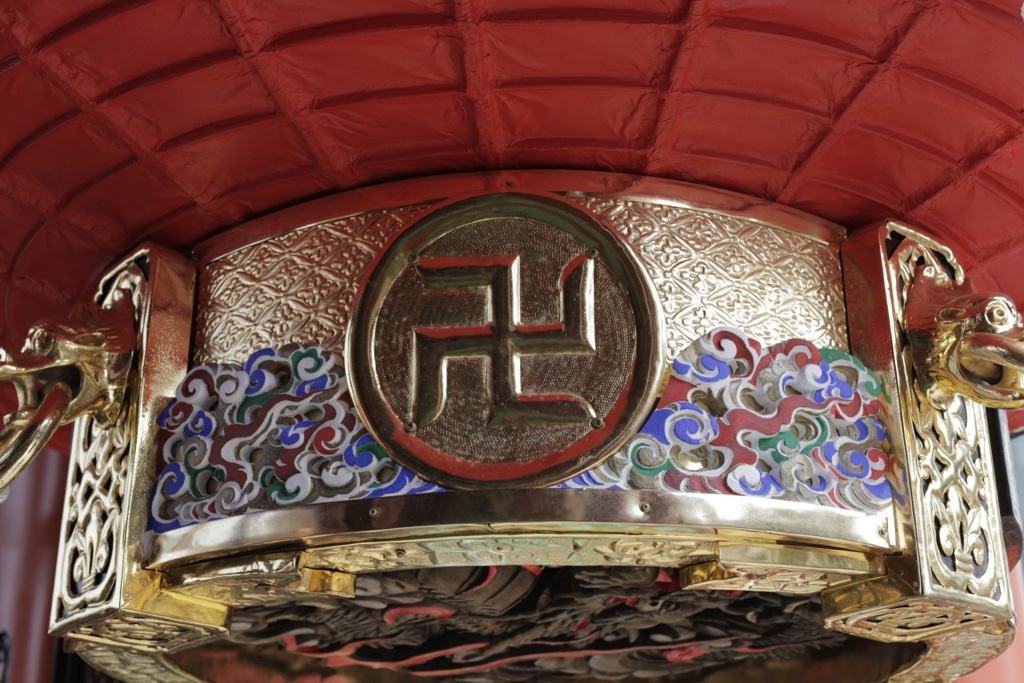
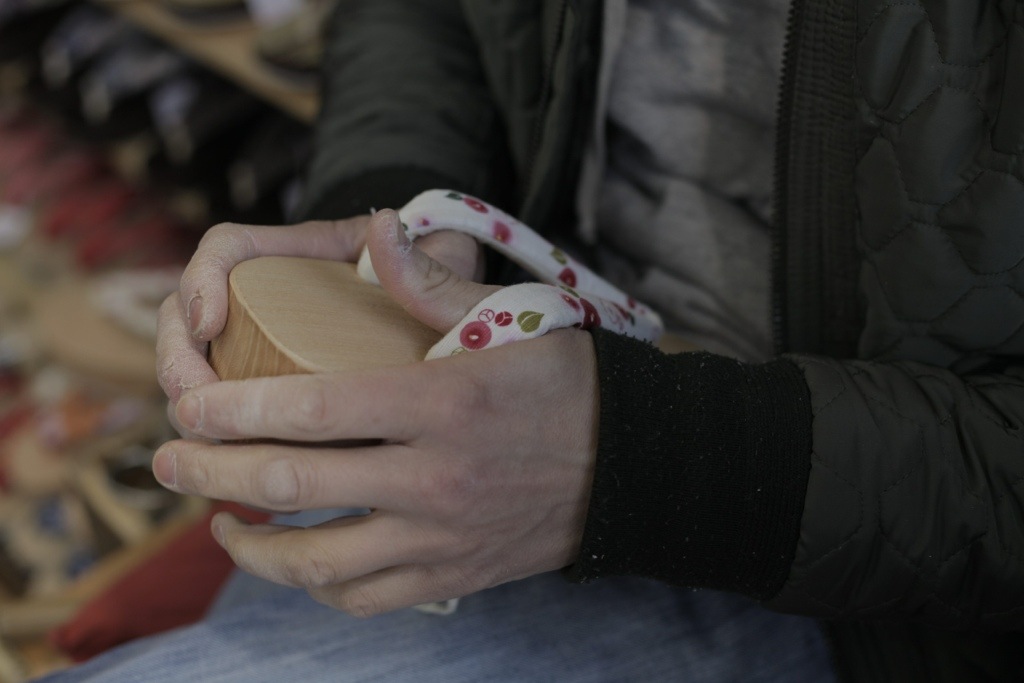
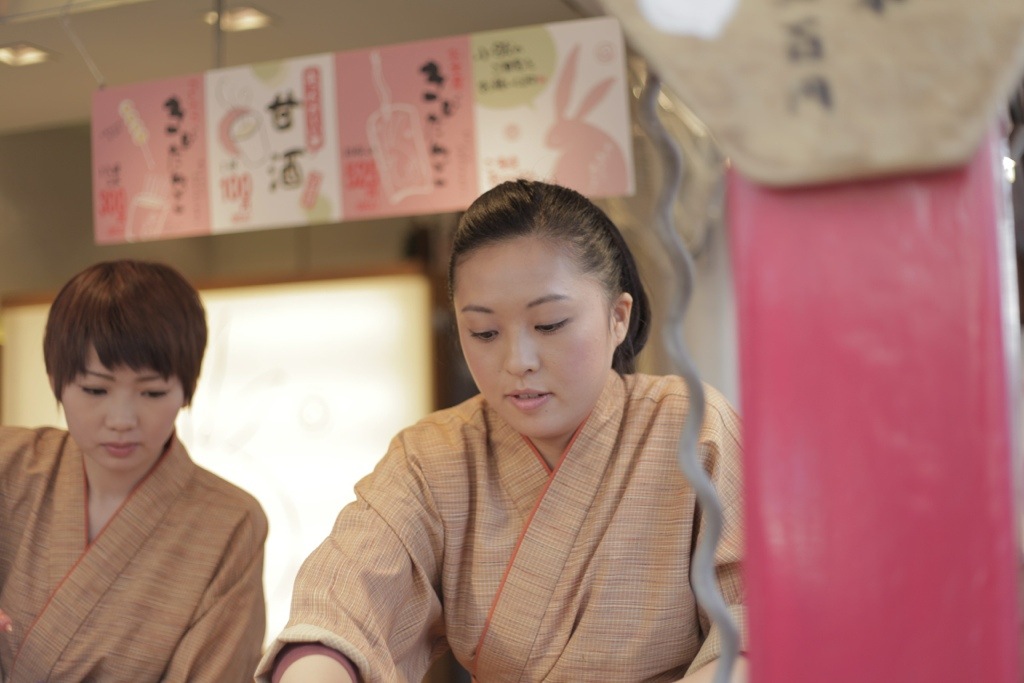
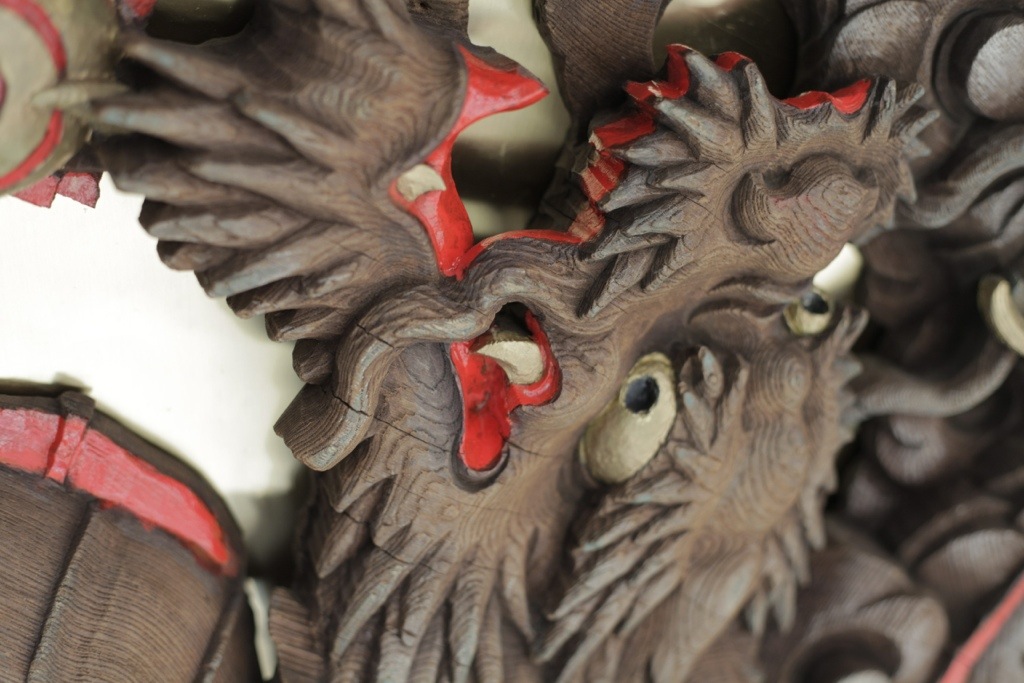
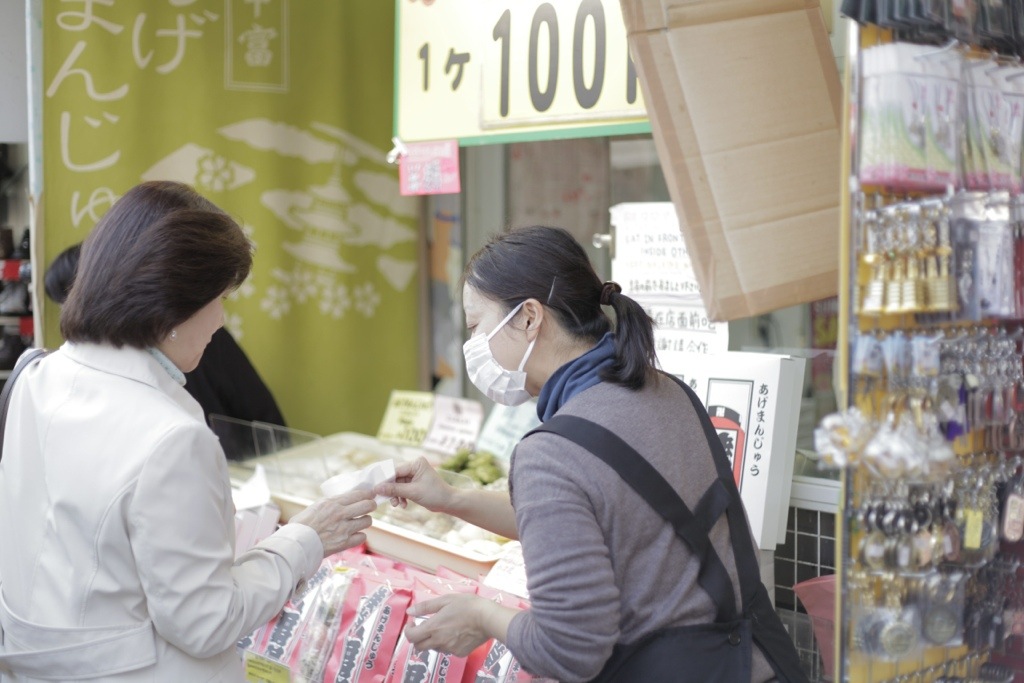
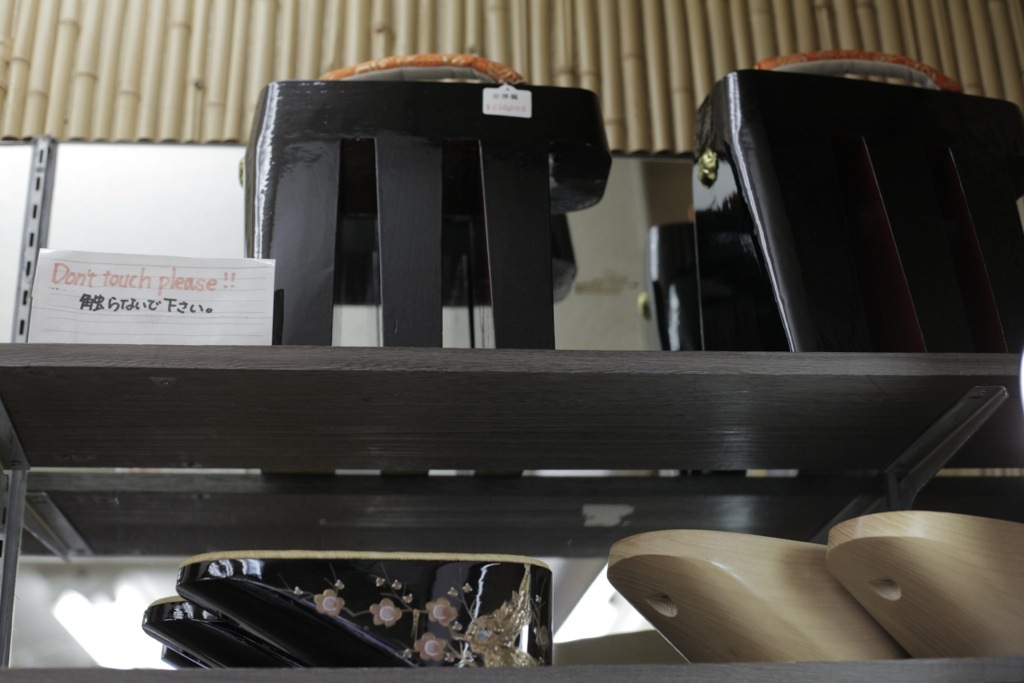
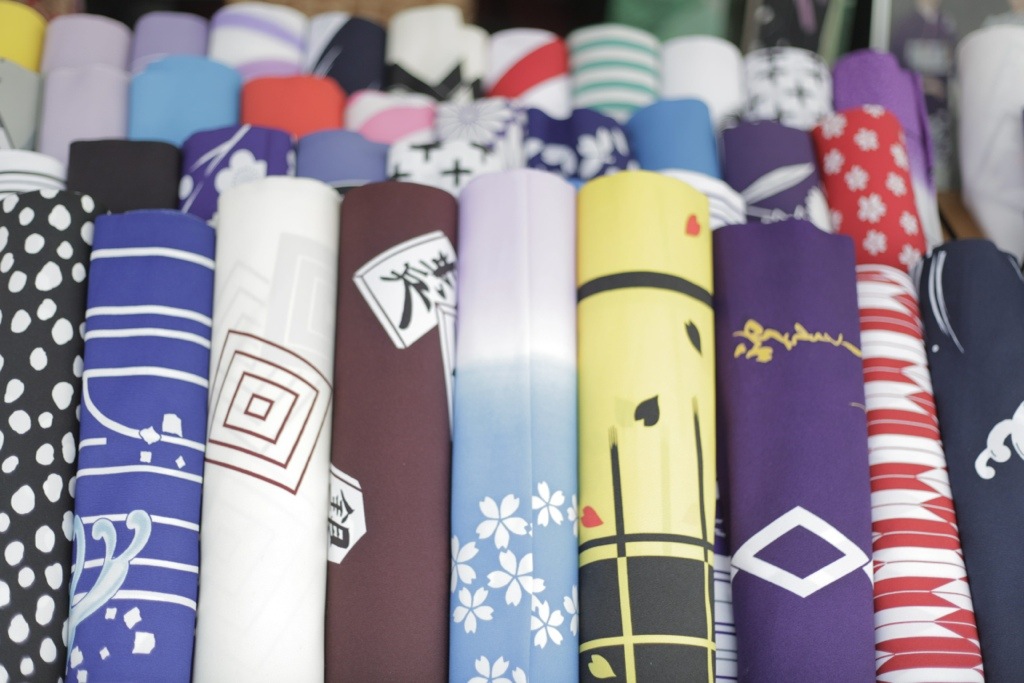
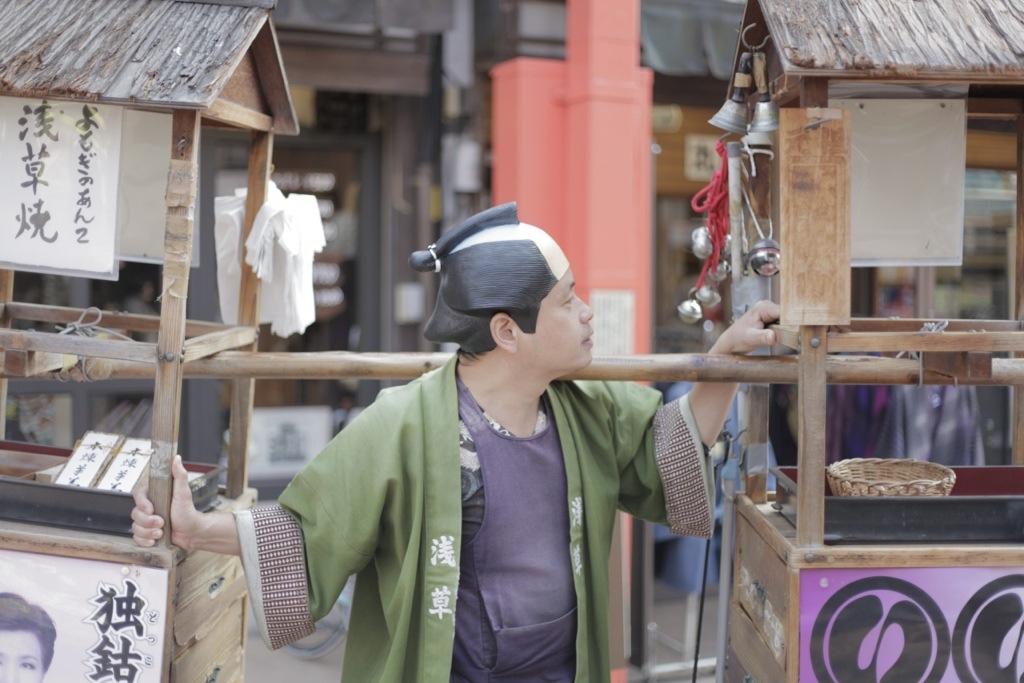
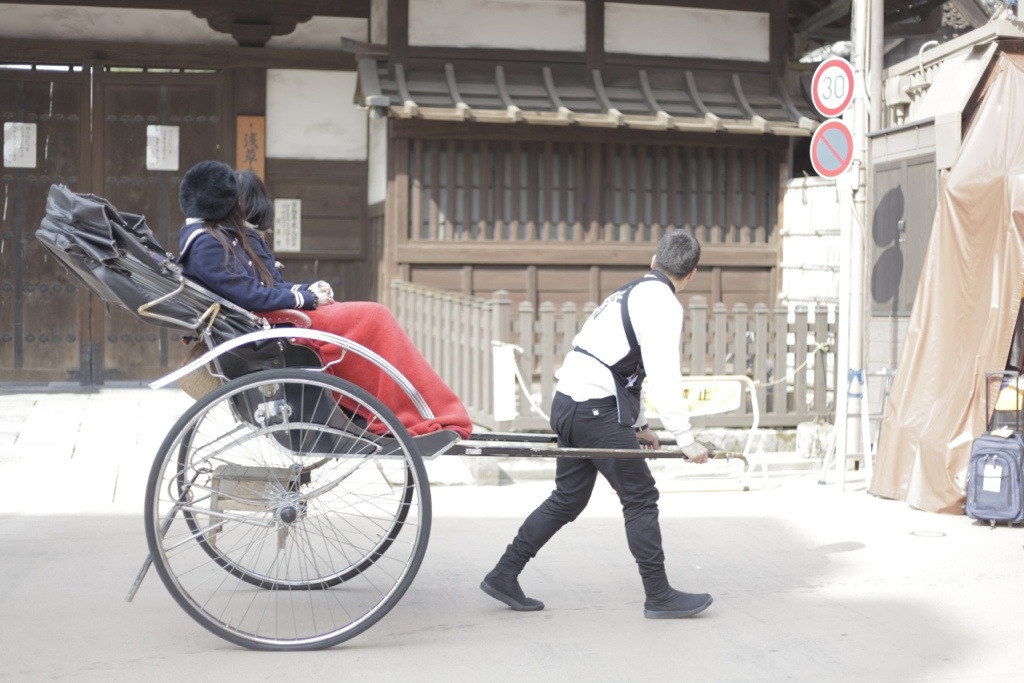
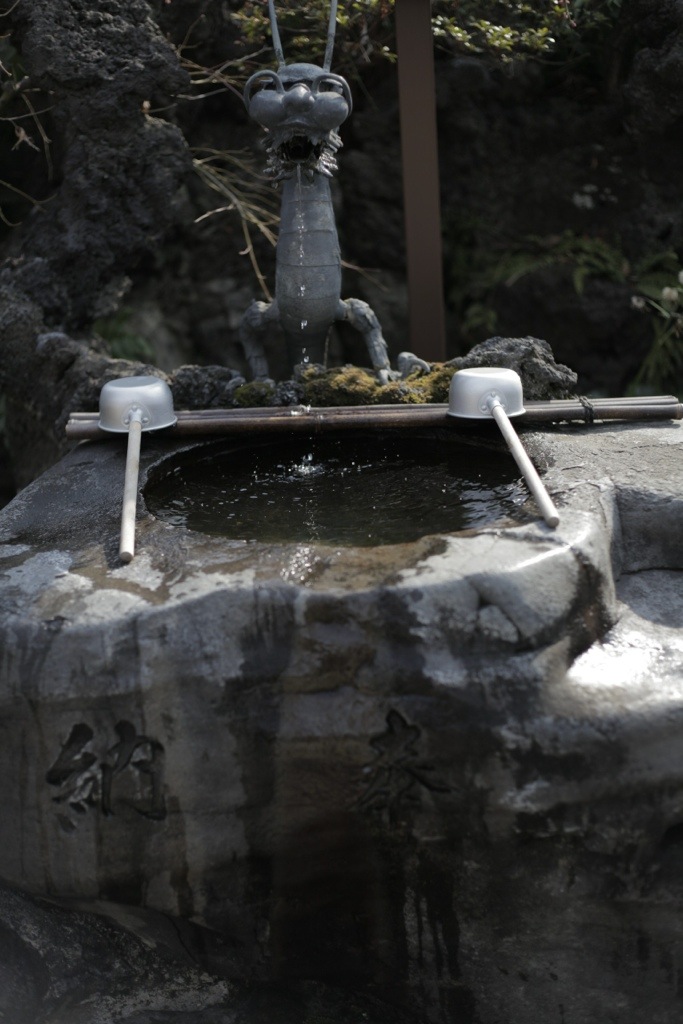
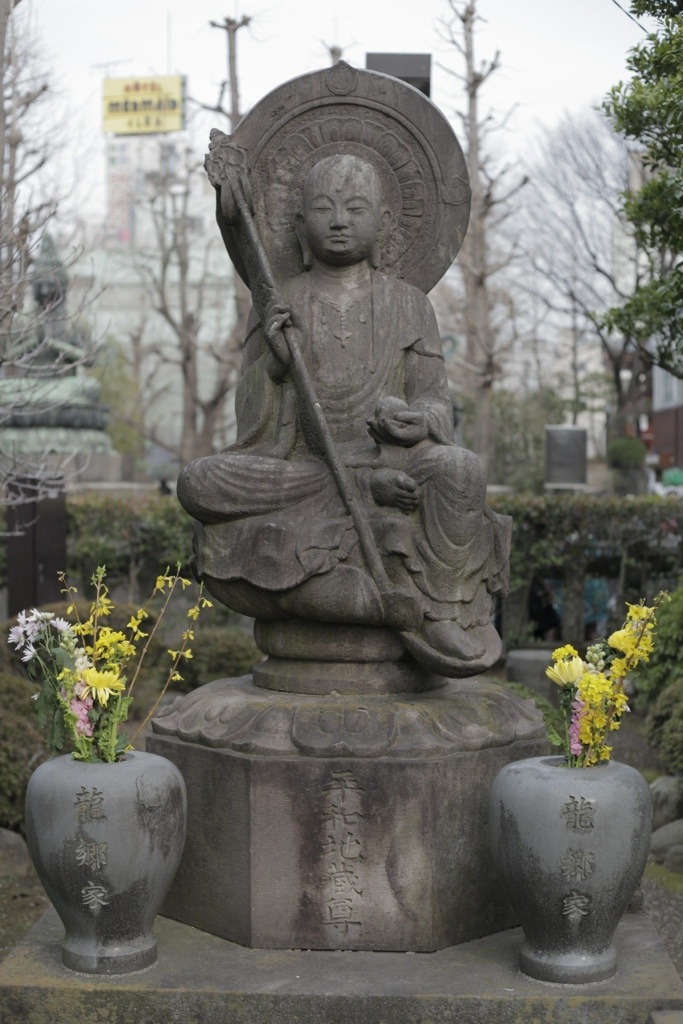


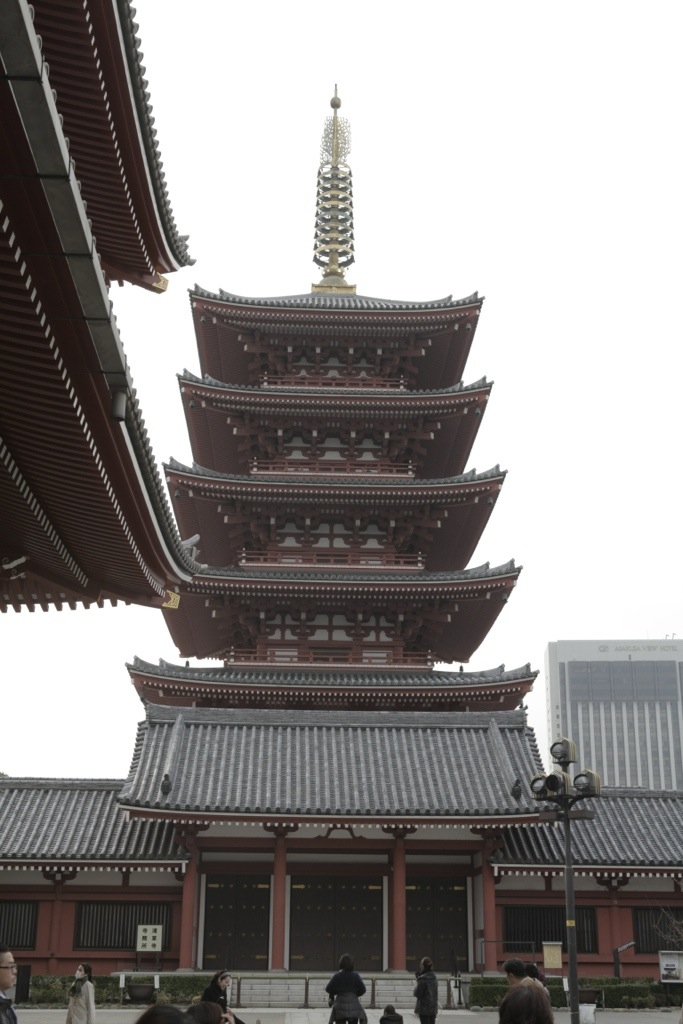
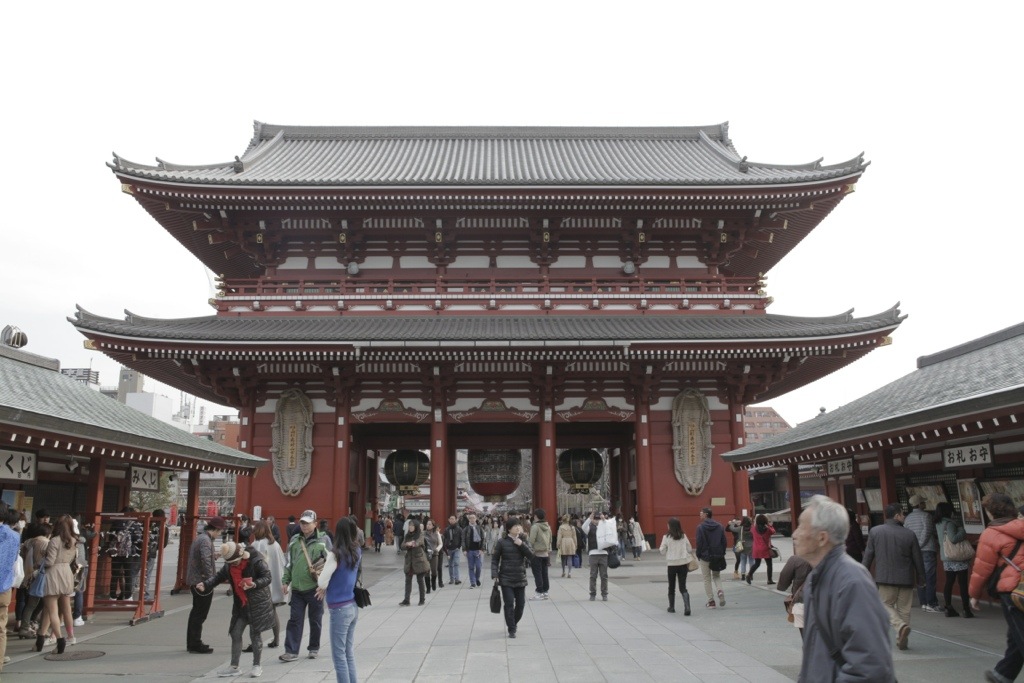
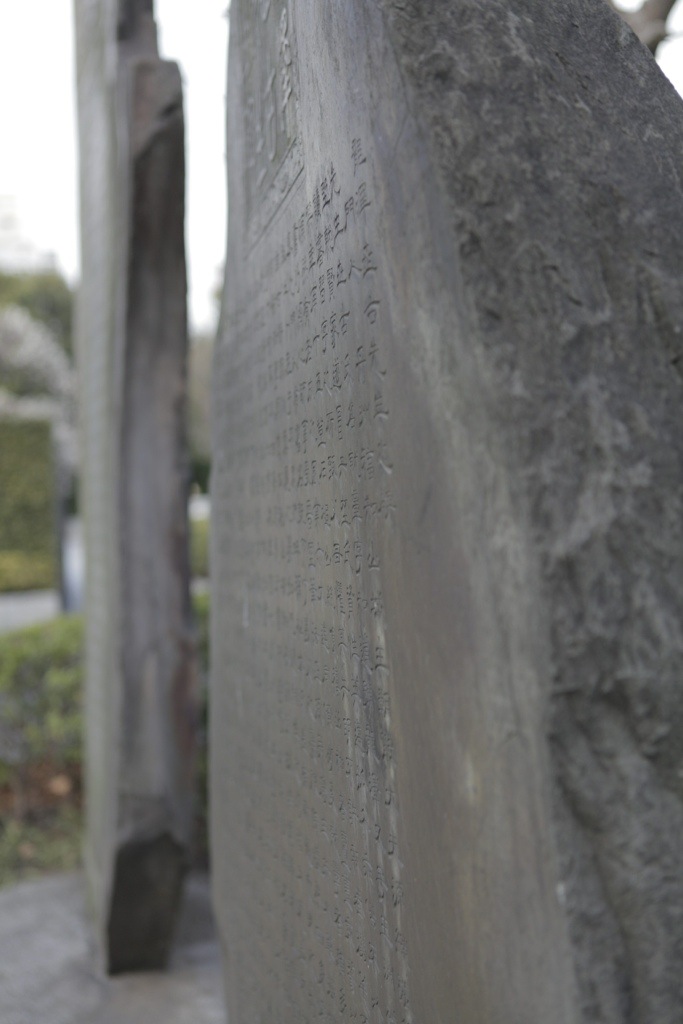
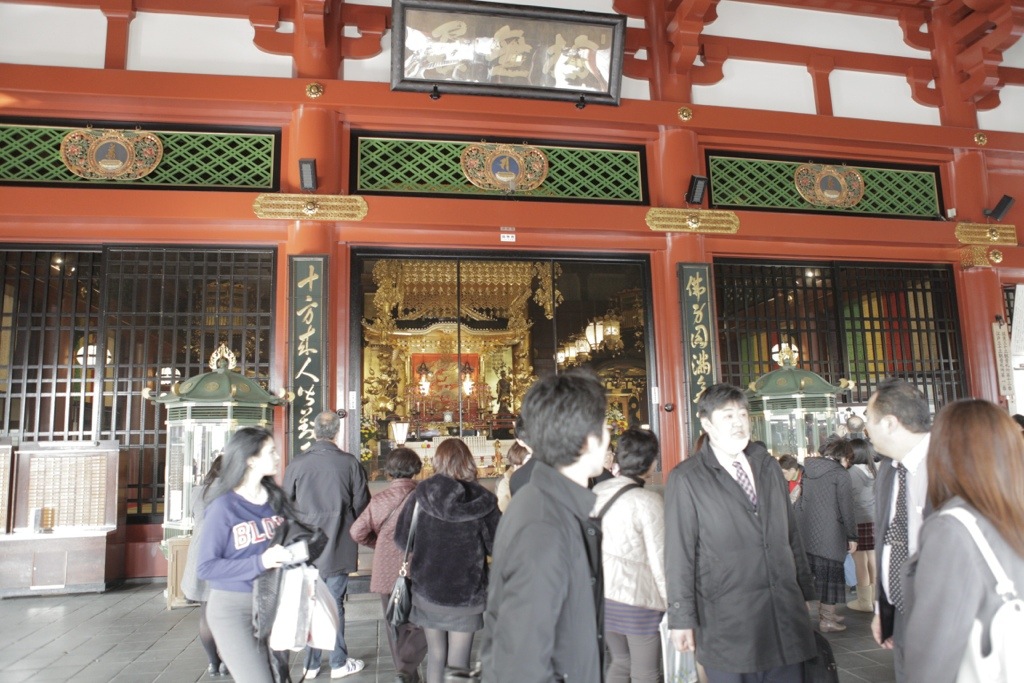
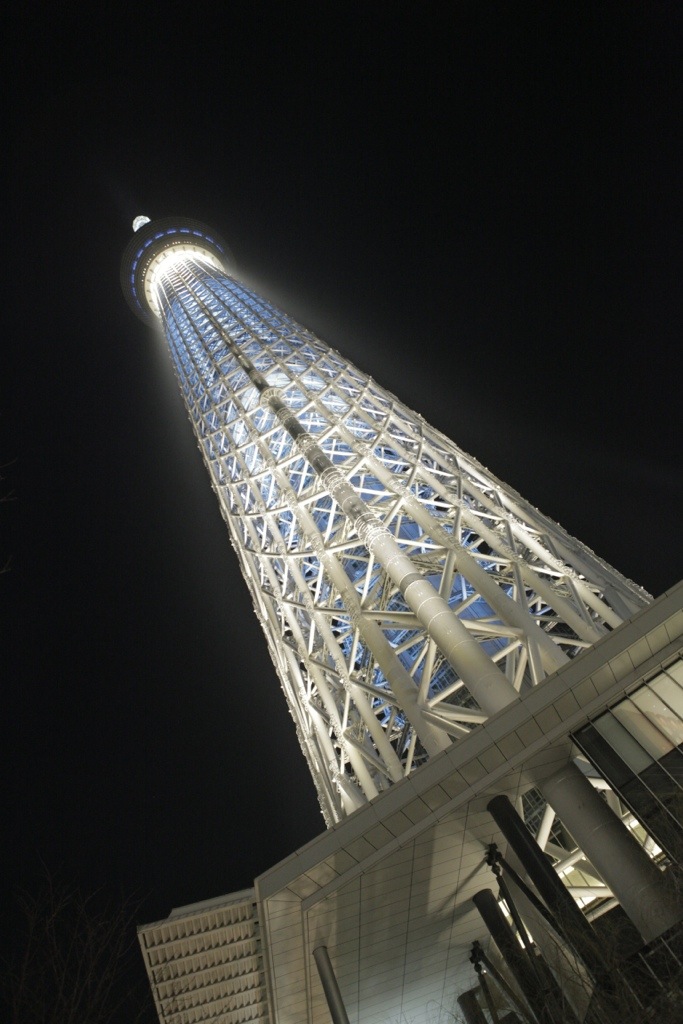

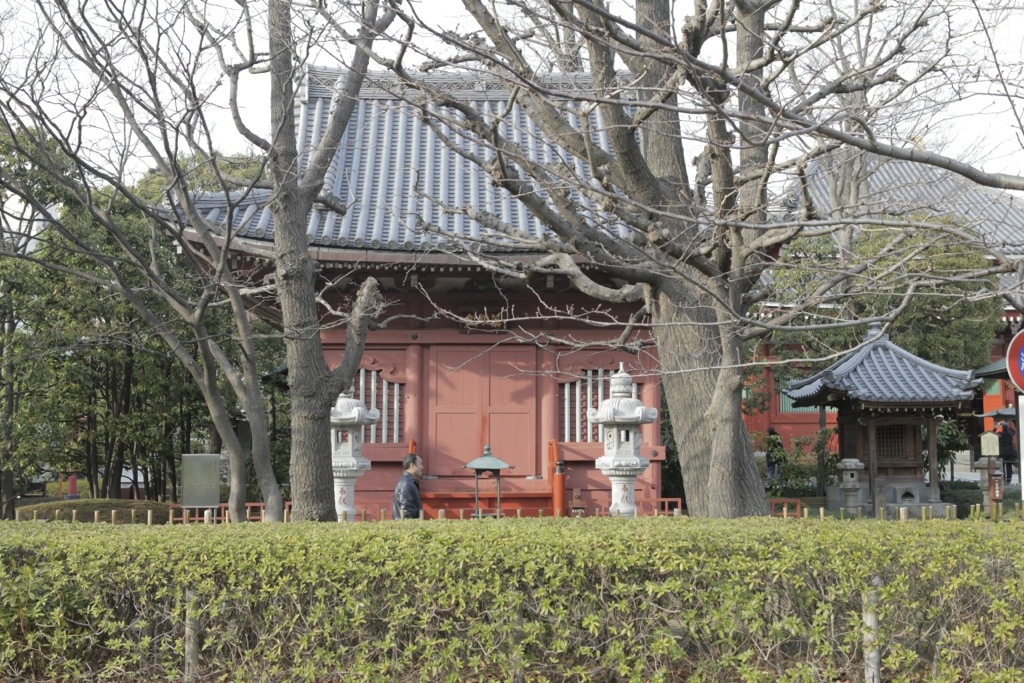
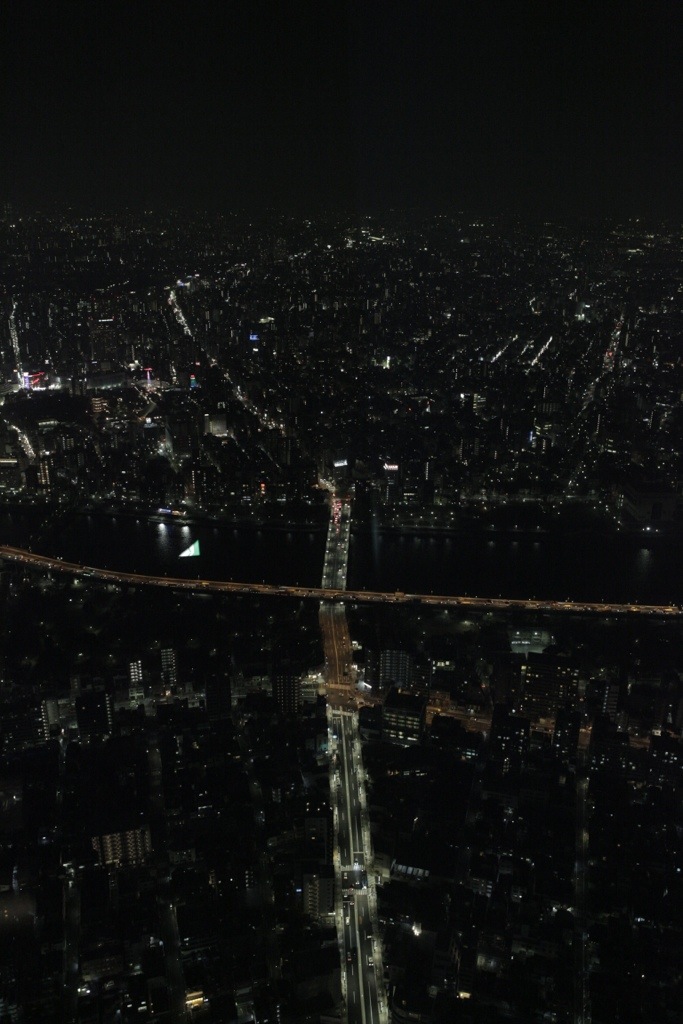
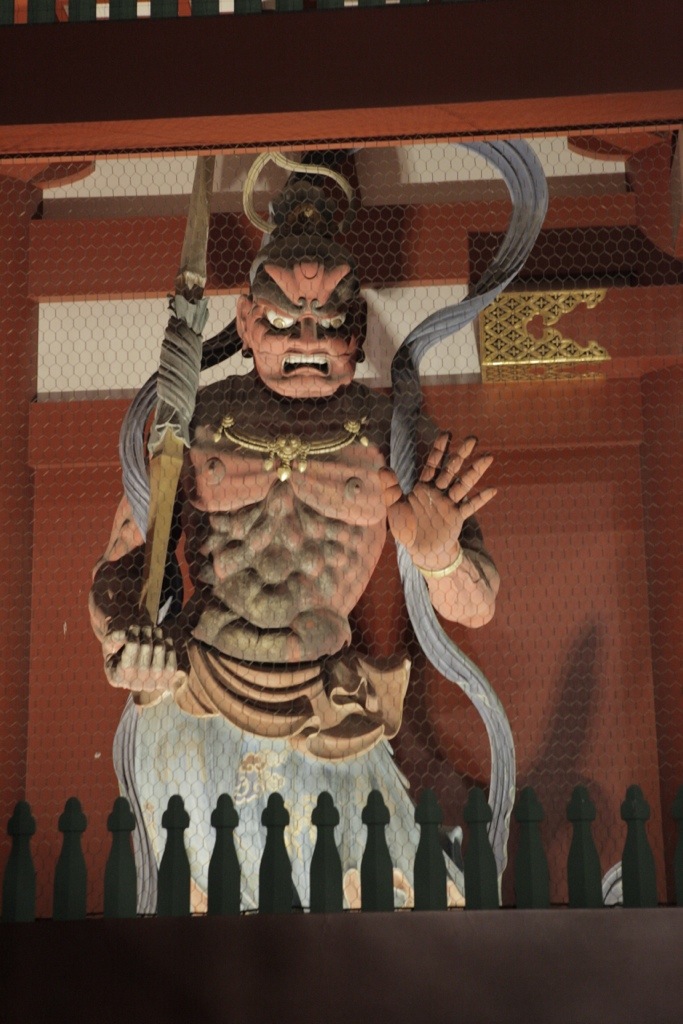
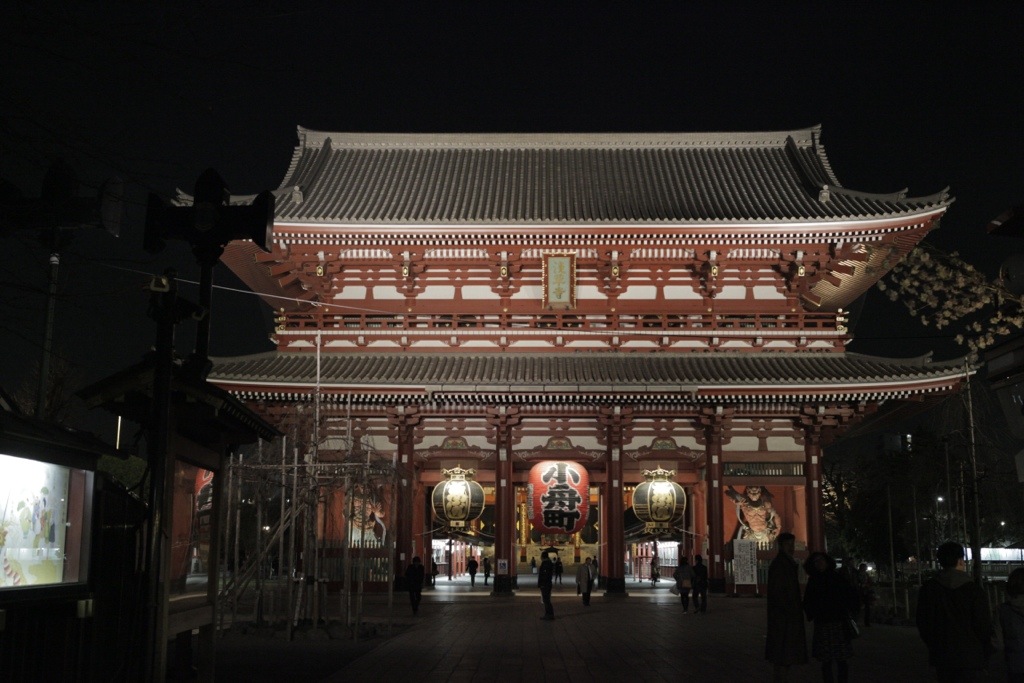

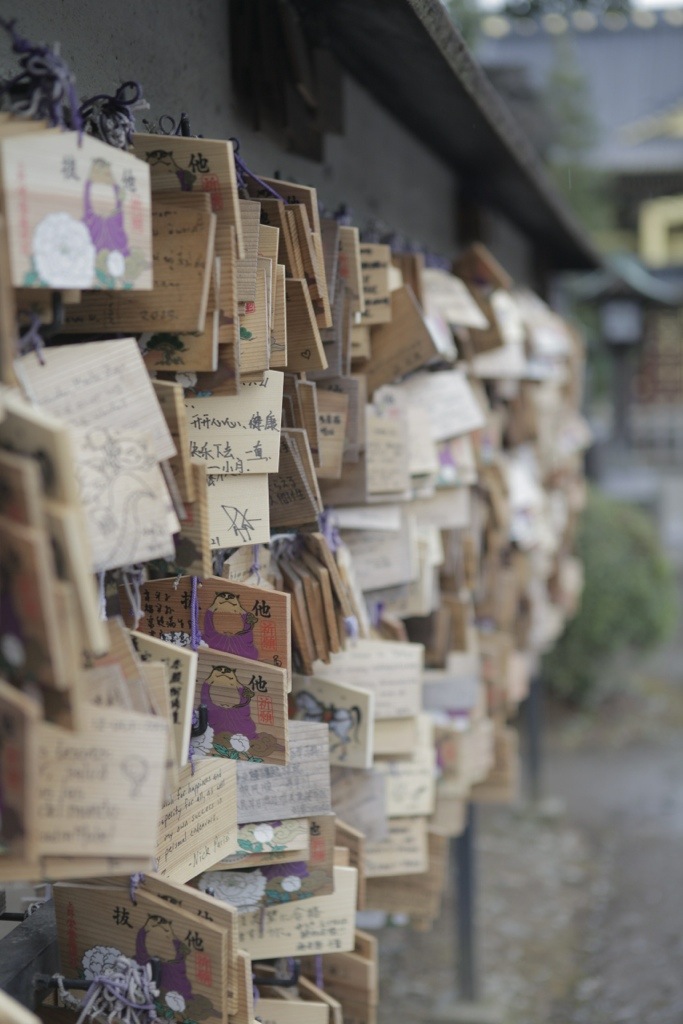
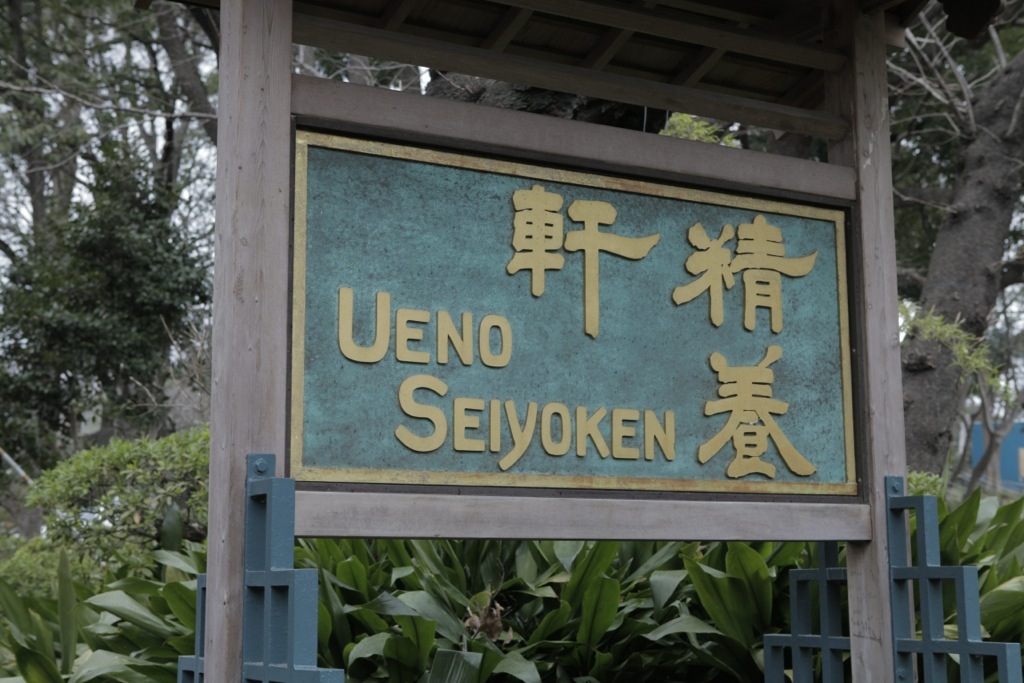
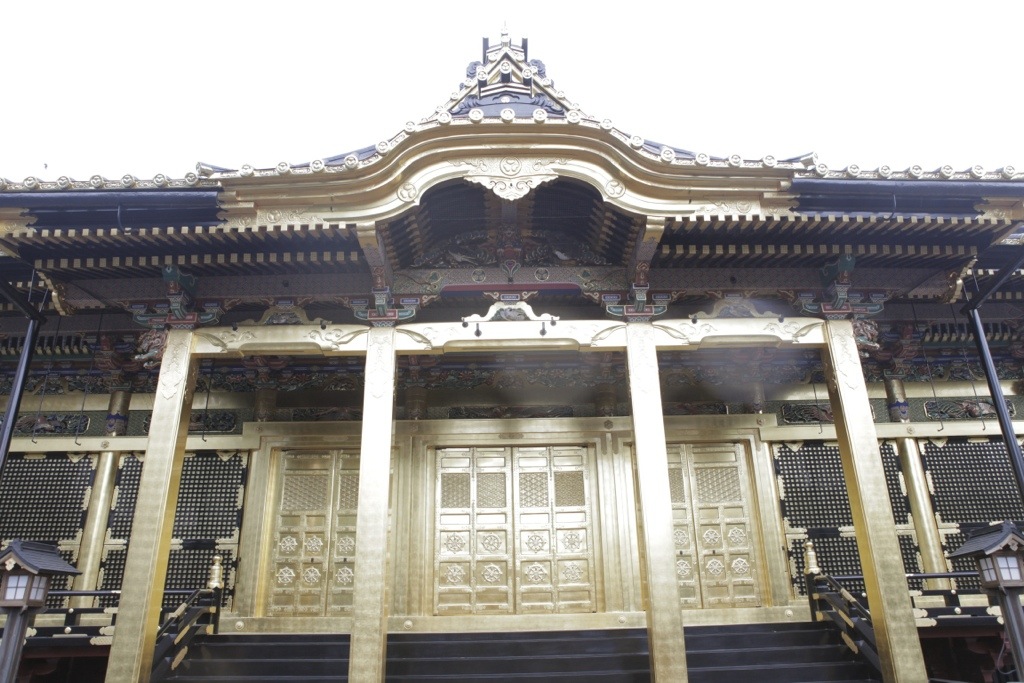
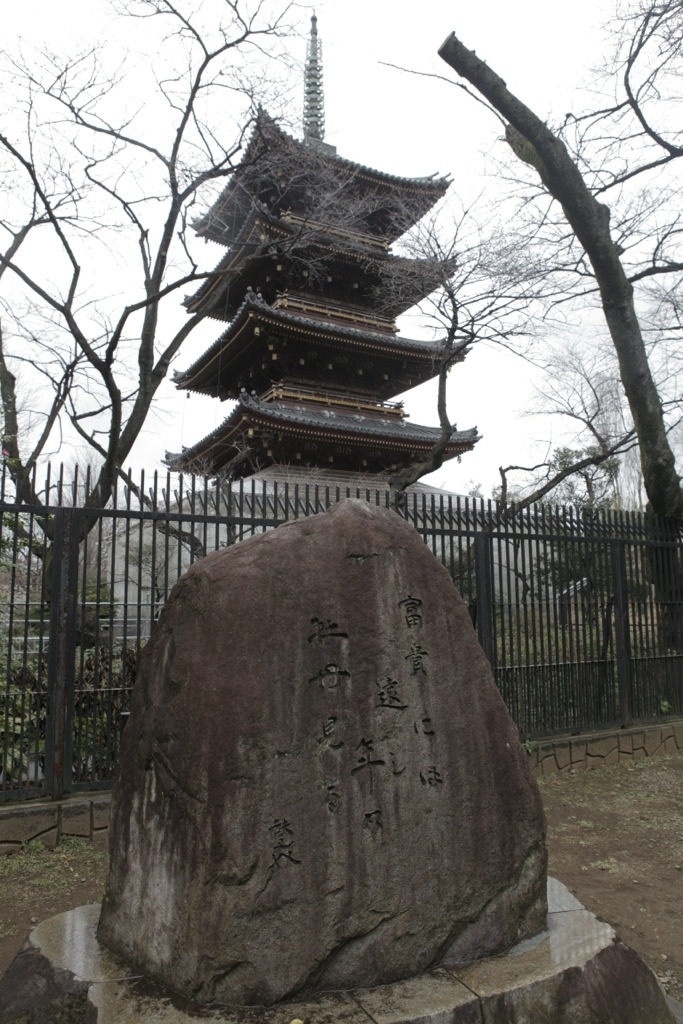
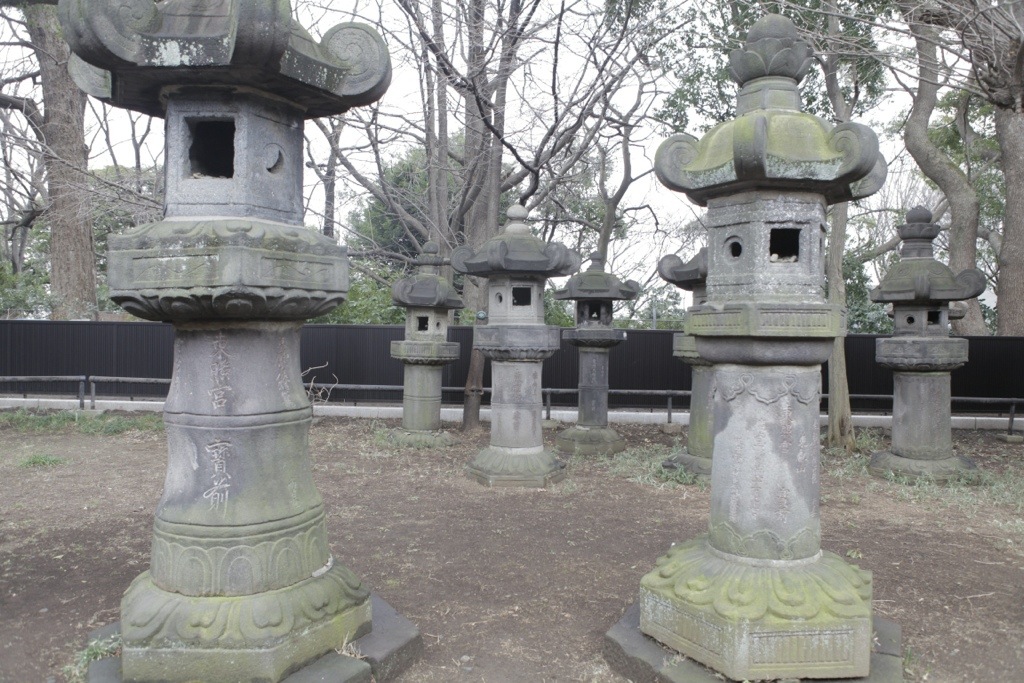
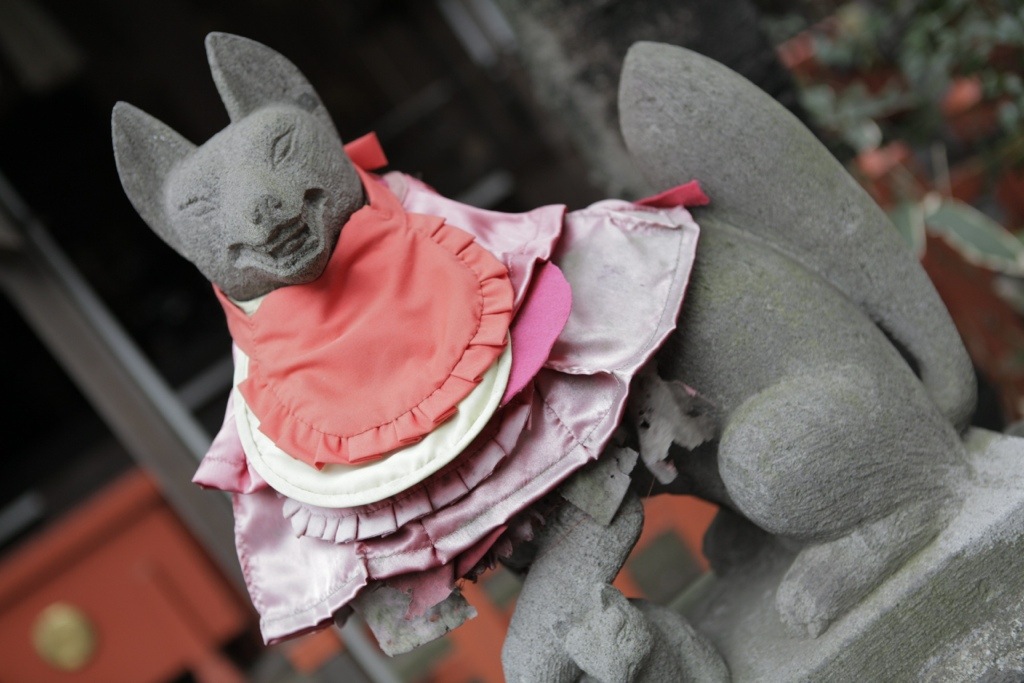

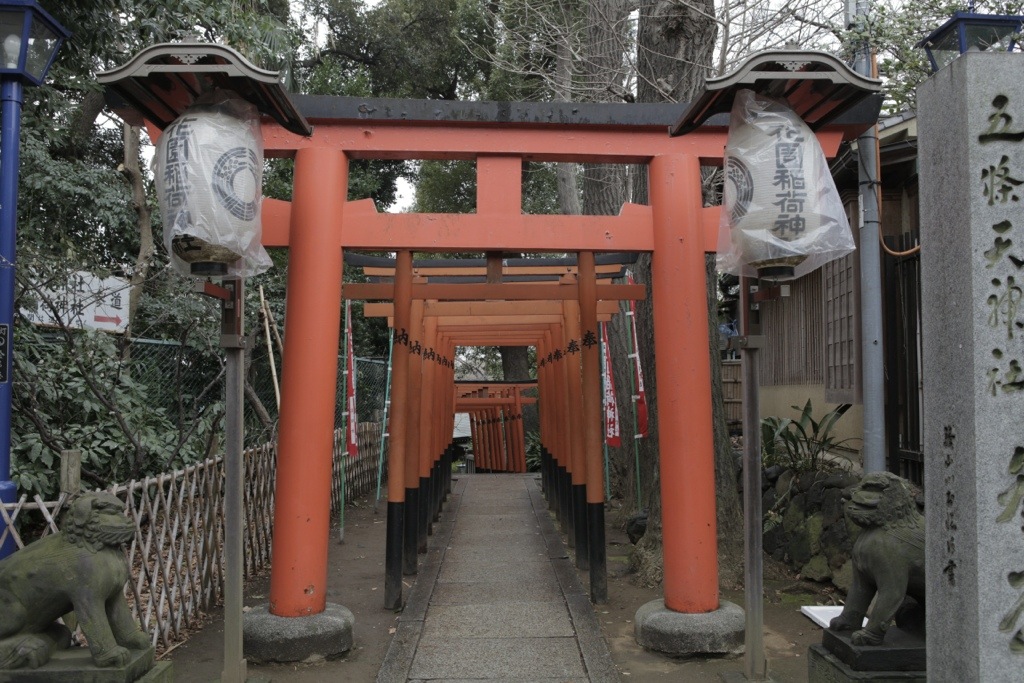
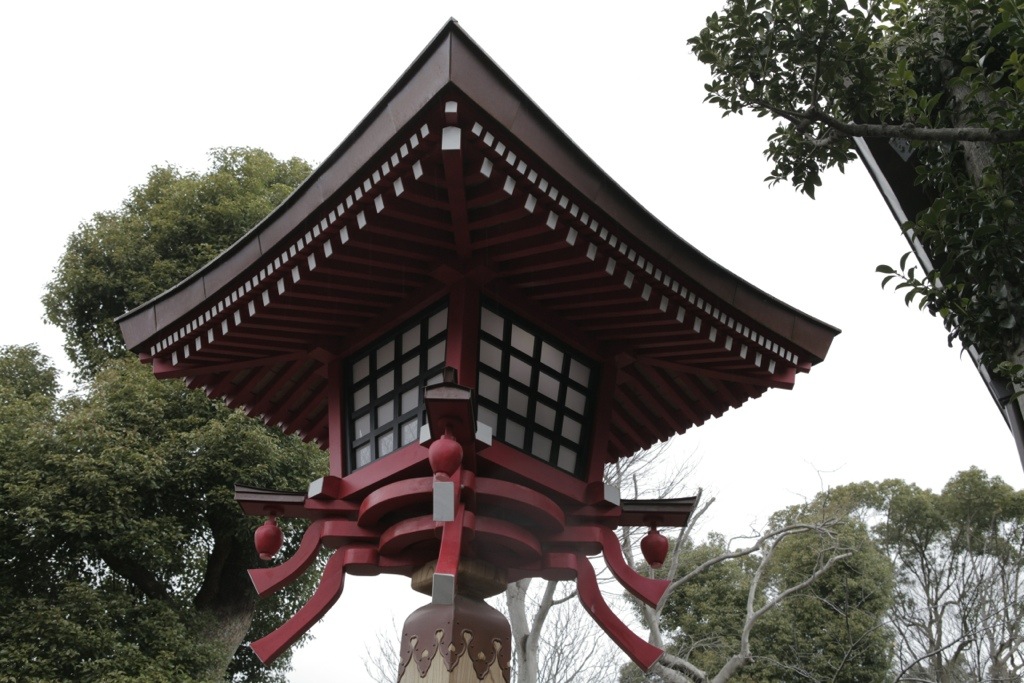
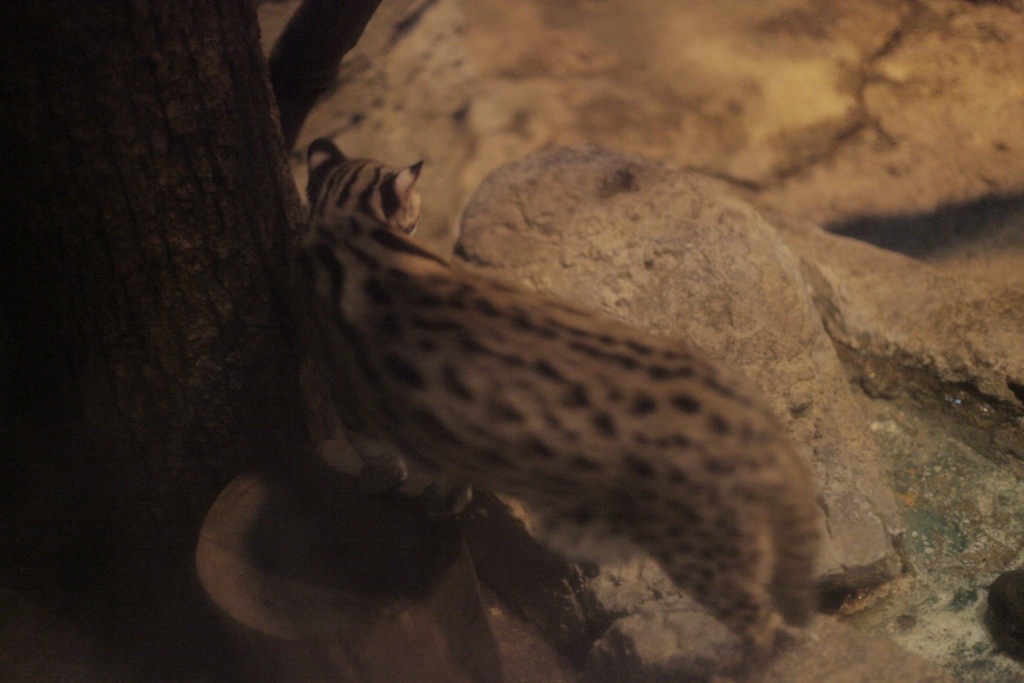

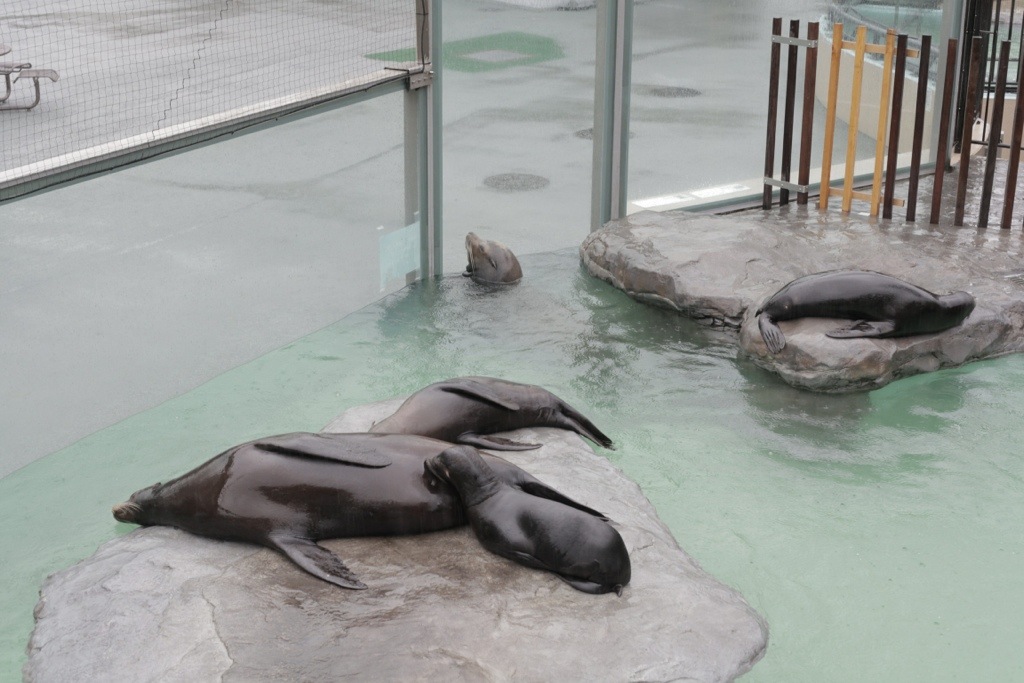

There are no comments